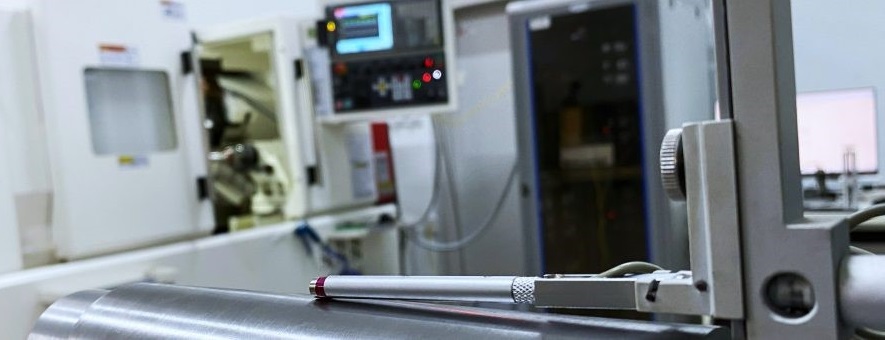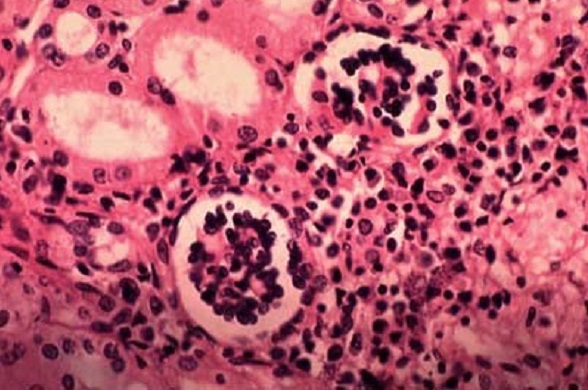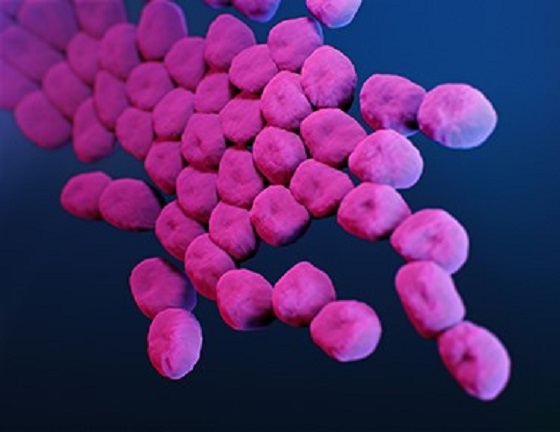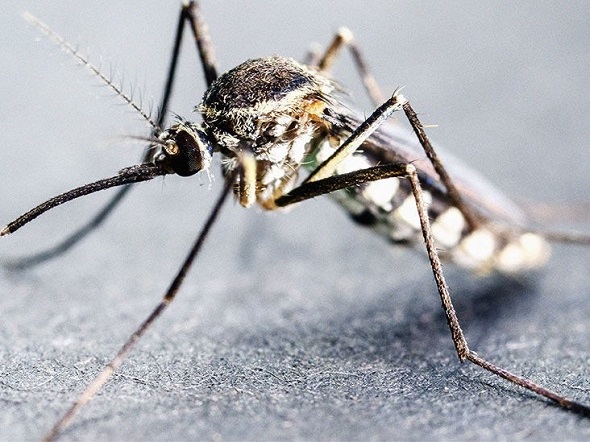
An estimated 79% of global cases of malaria come from South East Asian countries. Drug-resistant infections are a major obstacle to the control and eradication of malaria. To understand how malaria parasites develop resistance to drugs, a team of Indian researchers has sequenced 53 whole genomes of isolates of malaria-infected patient samples.
The World Health Organization (WHO) currently recommends the use of Artemisinin combination therapy (ACT) for treating malaria which has worked as a gold standard for many years. Unfortunately, many countries in Southeast Asia and Africa, burdened with a high prevalence of malaria, have reported cases of drug-resistant infections.
“Global efforts to monitor the status of drug resistance have led to more than 20,000 Plasmodium genomes being sequenced worldwide. However, only five genomes were published by Indian researchers, so far,” informs Dr Krishanpal Karmodiya, the lead researcher.
In 2018, India reported its first study on the emergence of Artemisinin-resistant parasites in patients from the Kolkata region of West Bengal. As India aims to eliminate malaria by 2030, it becomes crucial to understand the mechanisms behind drug resistance in parasites.
An estimated 79% of global cases of malaria come from South East Asian countries. Drug-resistant infections are a major obstacle to the control and eradication of malaria. To understand how malaria parasites develop resistance to drugs, a team of Indian researchers has sequenced 53 whole genomes of isolates of malaria-infected patient samples.
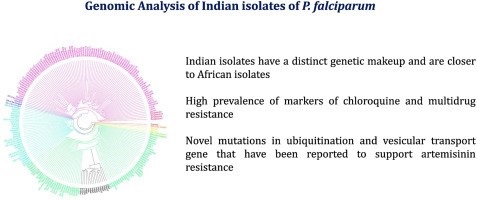
“This is the first large-scale study from India that reports 53 whole Genome Sequencing of parasites and shows that the Indian region has its unique parasite population,” Dr Karmodiya explains.
Samples were collected from Kolkata in collaboration with Dr Somenath Roy and Dr Amiya Hati. The whole Genome Sequencing was performed at the IISER Pune.
The researchers found novel mutations in the parasites' genomes that may contribute to drug resistance. These mutations are different from the ones found in parasites from Southeast Asia and Africa. This highlights the need for more sequencing efforts in India to identify the specific markers of drug resistance in Indian parasites.
The research team from the Savitribai Phule Pune University, Pune; Indian Institute of Science Education and Research (IISER), Pune; Calcutta School of Tropical Medicine, Kolkata; and Vidyasagar University, Pashchim Medinipur, West Bengal, emphasized the need to develop a comprehensive map of the genomes and drug resistance status of Indian isolates of the parasites to eliminate malaria from the country by 2030.
“Gathering information on India-specific parasite genomes on a molecular level and closely monitoring the drug resistance in patients can help in formulating better policies and intervention methodologies,” believes the research team.

The team consists of Deepak Choubey, Bhagyashree Deshmukh, Anjani Gopal Rao, Abhishek Kanyal, Amiya Kumar Hati, Somenath Roy, and Krishanpal Karmodiya. The study has been published in the International Journal for Parasitology: Drugs and Drug Resistance. The study is partially supported by the Department of Biotechnology (DBT)-Infectious Disease Biology division, Government of India.
India Science Wire
ISW/SM/IISER/Malaria/Eng/06/06/2023


